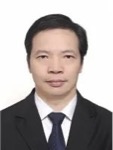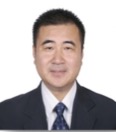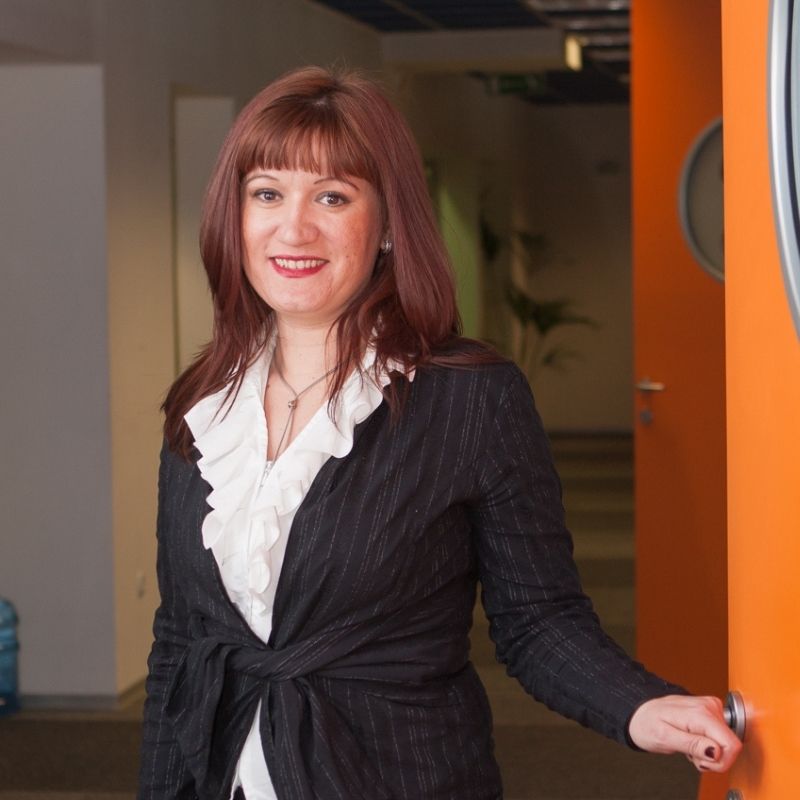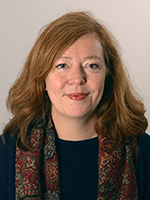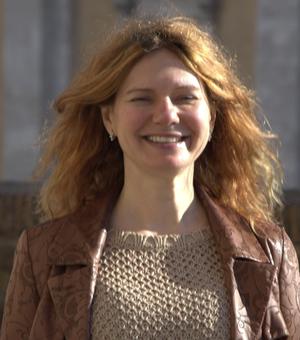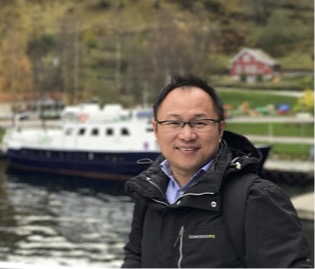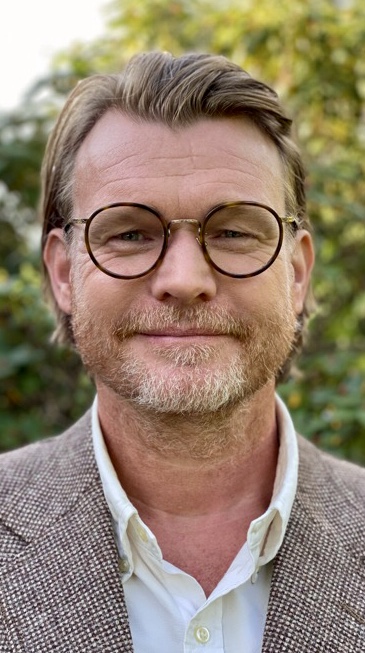| Navigation |
|---|
| International Scientific Board |
| Logistical information |
| Overview |
| Program |
| Registration |
| Tech Info |
Center for Cognitive Science Home
Overview
ICMC2022: 2022 International Conference on Multimodal Communication:
Global Multimodal Communication about Energy
in conjunction with the
International Conference on the Cooperation and Integration
of Industry, Education, Research, and Application
Saturday & Sunday, 19 & 20 November 2022, Changsha
Global Multimodal Communication about Energy
in conjunction with the
International Conference on the Cooperation and Integration
of Industry, Education, Research, and Application
Saturday & Sunday, 19 & 20 November 2022, Changsha

Conference Program
- Bilibili Livestream: http://live.bilibili.com/23288623
- Zoom Meeting ID: 9719613041. Password: 718448.
- Plenary talks will be recorded and posted.
- For questions related to the conference, please write to yijiaeasy@qq.com.
Each presentation slot is 45 minutes, within which there is a period at the end of about 10 minutes for both Q & A and a break.

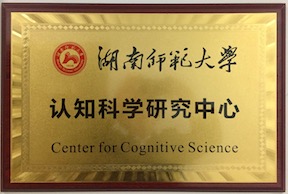
Hunan Normal University, Changsha, 19 & 20 November 2022
Local Venue: Lecture Hall Room 613, Foreign Studies College, Hunan Normal University Conference directors: ZENG Yanyu and Mark Turner
会议负责人:曾艳钰教授、Mark Turner教授
The 2022 Hunan Normal University International Conference on Languages and Cultures has as its theme GLOBAL MULTIMODAL COMMUNICATION ABOUT ENERGY
Conference Theme
Over millennia, human conceptions of energy, responses to energy, and plans for managing energy have developed from very local to very global. Energy from sun, weather, waves, food, and volcanoes had local effect. One needed a way to deal with it. Manual labor took energy and needed management. Wind power could make sailing possible. Fires could be kept and even started. There was intense local and tribal thinking and communication about energy and how to interact with it and use it. Temples to energy gods were common, and myths about energy were everywhere. In our age, even local energy concerns and communication are global: the world has pipelines, electrical grids, hydroelectric installations, waste from energy production, and, about these things, international treaties and global confrontations. The world is engaged in thinking at global scale about energy, and is communicating at global scale about energy. This conference explores processes and patterns of multimodal communication about energy, from its historical beginnings to current global engagements. How has communication about energy changed over time? How do different cultures and nations communicate about energy? What are the most influential patterns in such communication? What are the mental processes and cultural practices underlying such communication?
